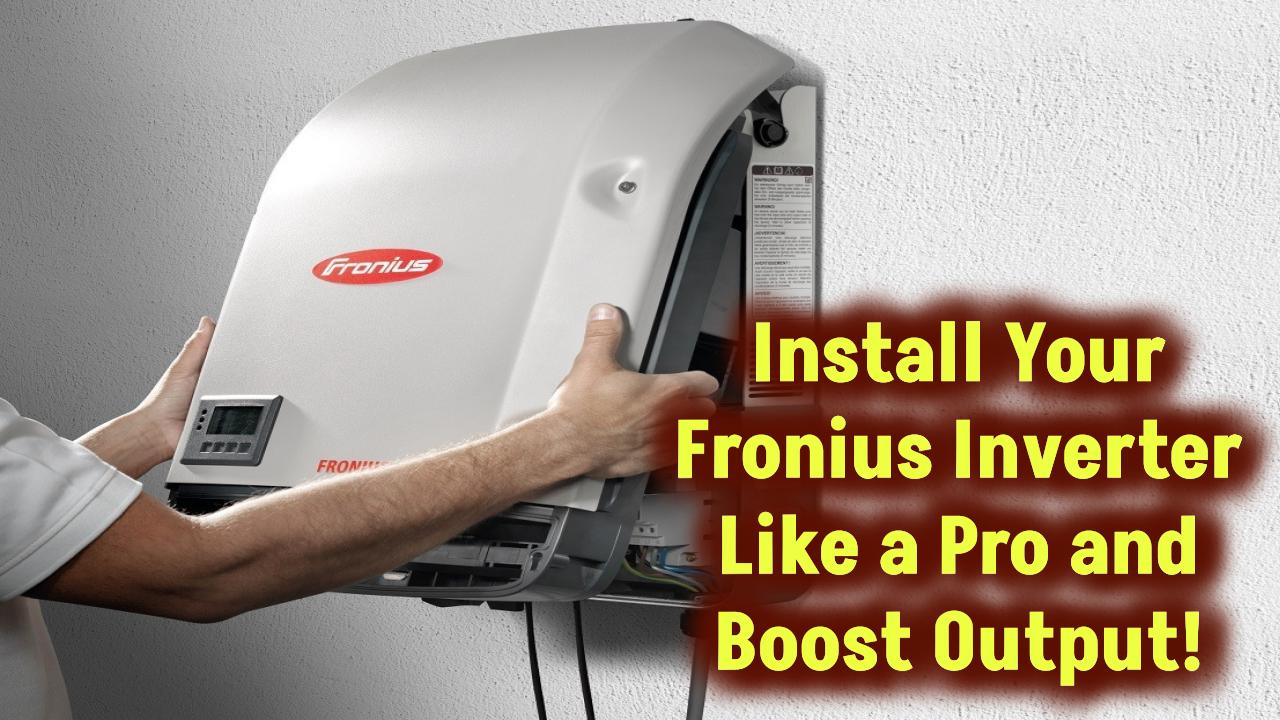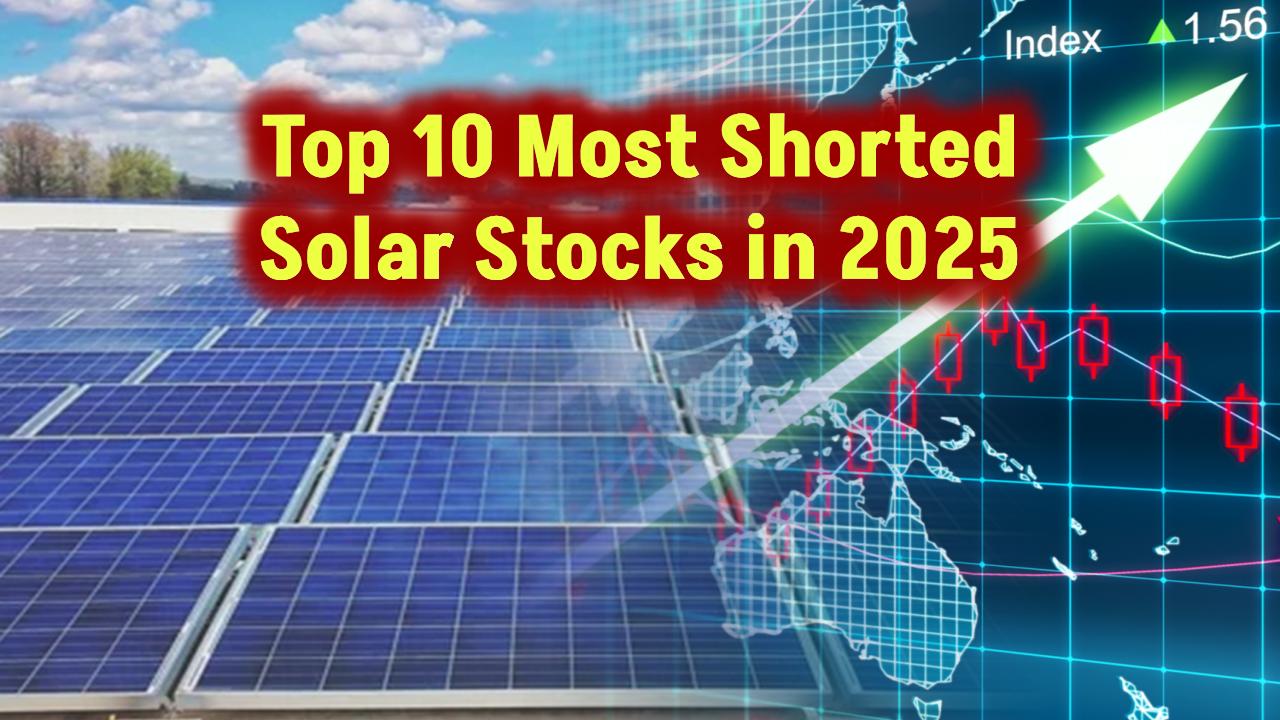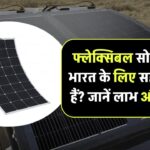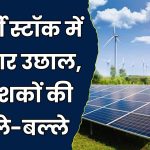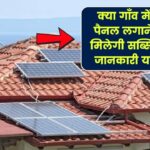
If you’re still getting huge electric bills with solar, you’re not alone. Thousands of homeowners make the switch to solar expecting drastically lower utility costs, only to be surprised by high bills month after month. So what’s going wrong? Often, it’s a common yet avoidable mistake that could be costing you hundreds of dollars a year.
This guide breaks down the most frequent reasons behind high electric bills even after installing solar panels. We’ll explain the key issues, provide practical fixes, and help you make the most of your solar investment. Whether you’re a homeowner, a solar installer, or just exploring solar energy, this article is designed to be informative and easy to follow.
Also Check: What Can a 3kW Solar System Really Run? The Answer Might Change Your Mind About Going Solar
Why You Might Still Get High Electric Bills With Solar
Installing solar panels is a smart move for the environment and your wallet. But if your utility bills are still high, it could be due to one or more of these common problems:
1. You’re Using More Electricity Than Before
This is the #1 culprit. Many homeowners unconsciously increase their energy usage after going solar, thinking they’re “covered.”
Example: You might run the air conditioner longer or charge a new electric vehicle, assuming your panels will handle the extra load. But if your solar system was sized for your original usage, it won’t keep up with the new demand.
Tip: Check your historical energy usage against your current usage in your utility or monitoring app. Aim to maintain or reduce your previous consumption.
2. Your System Isn’t Performing Properly
Even a minor fault can cause significant drops in solar output.
Causes of Poor Performance:
- Dirty or shaded panels (bird droppings, leaves, tree shadows)
- Faulty inverter or wiring
- Installation errors (e.g., misaligned panels, CTs installed backward)
Solution: Schedule an annual solar system inspection. Most companies offer this as part of a maintenance package.
3. You Don’t Have a Battery Storage System
Without a battery, your system sends excess energy back to the grid during the day, and you buy it back at night. Depending on your utility’s net metering policy, this can cost you.
Fact: Some utilities only credit solar energy at wholesale prices. So you’re selling it cheap and buying it back expensive.
Solution: Add a solar battery to store energy during the day for use during peak evening hours.
4. You’re on a Time-of-Use (TOU) Rate Plan
Many utilities have TOU plans where electricity is more expensive during peak hours (typically 4 PM – 9 PM).
Example: If your panels stop producing at 5 PM, you’re buying high-cost power from the grid.
Tip: Run appliances like dishwashers or washing machines in the early morning or late at night.
5. Fixed Utility Charges Still Apply
Even with solar, your bill includes base service charges, grid access fees, and sometimes solar connection fees.
Example: PG&E customers pay $10 to $20/month in unavoidable fixed fees.
Solution: Understand your bill and advocate for fair net metering policies in your state.
Also Check: They Said Solar Panels Cut Bills to Zero – But Here’s the Hidden Cost UK Homeowners Are Discovering
6. Lack of Smart Energy Management
Smart home devices can help manage and reduce power usage by automating when and how your appliances consume electricity.
Tip: Install a home energy management system (HEMS) to optimize power consumption patterns, particularly during peak TOU hours.
7. Your System Is Not Sized Properly
In some cases, your solar panel system may not have been correctly sized for your actual or future energy needs.
Example: A family of four with added home office equipment and an EV charger needs more capacity than a standard install might offer.
Solution: Have a solar professional reassess your current and future energy profile.
How to Optimize Your Solar Setup and Slash Your Bill
Follow these steps to ensure your system is working for you, not against you:
Step 1 – Track and Analyze Your Energy Usage
Use apps like Sense, Emporia, or your inverter’s software (e.g., Enphase Enlighten, SolarEdge) to monitor your generation vs. usage.
Step 2 – Clean and Inspect Your Panels
Schedule bi-annual cleanings. Panels can lose up to 25% efficiency due to debris.
H3: Step 3 – Consider Adding Battery Storage
With batteries like the Tesla Powerwall or Enphase IQ Battery, you can store daytime power for nighttime use.
Step 4 – Adjust Your Habits Around TOU Rates
Set appliances to run during off-peak hours using smart plugs or built-in timers.
Step 5 – Get a Professional Solar Audit
Hire a certified solar technician to do a performance audit every 1-2 years.
Step 6 – Advocate for Better Policy and Grid Transparency
Join solar advocacy groups or stay engaged with local legislation that affects net metering and TOU rates.
(FAQs)
1. Why is my electric bill still high after installing solar panels?
The most likely reasons are increased energy usage, system underperformance, or being on a time-of-use utility plan without battery backup.
2. Do I still have to pay an electric bill with solar?
Yes, unless your system produces more than you use, and you’re on a favorable net metering plan. You’ll still pay fixed utility fees.
3. How much can I save with solar if everything is working correctly?
Typical U.S. homeowners save between $600 and $1,200 per year (source: SEIA).
4. Should I install a battery with my solar panels?
If you want energy independence and better savings under TOU rates, a battery can be a great investment.
Also Check: How Long Before Solar Panels Pay for Themselves? Here’s the Easy Way to Calculate!

